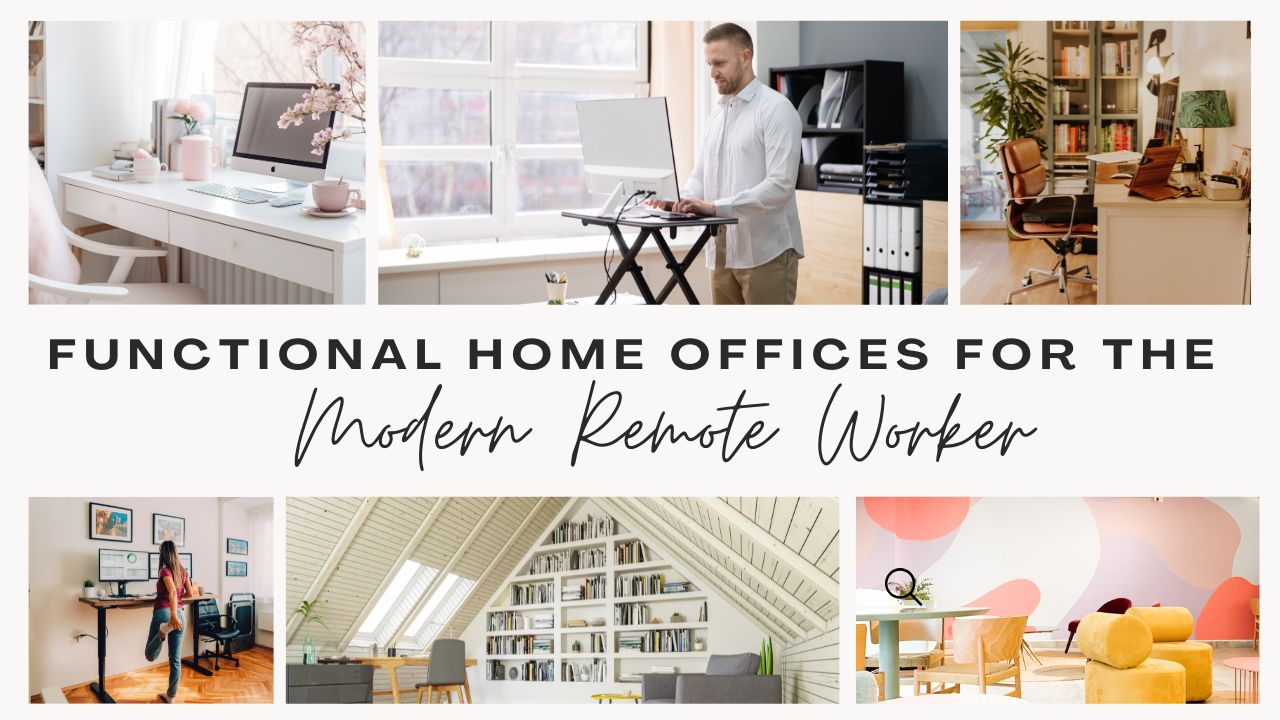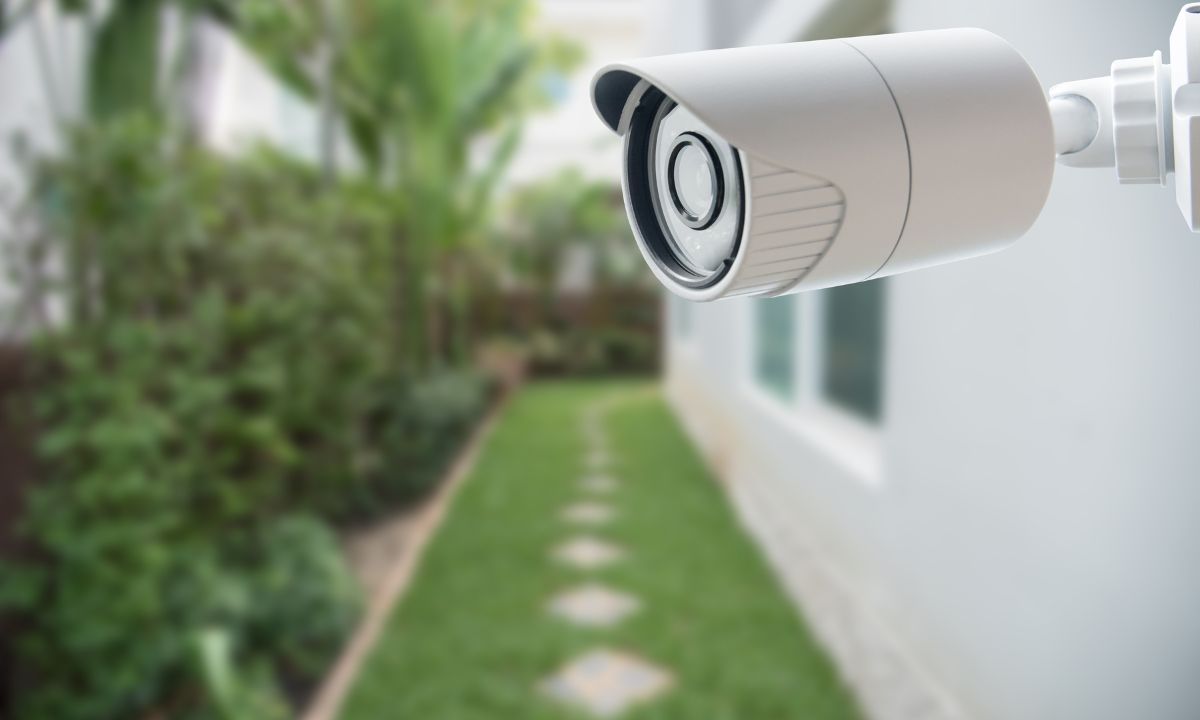 With the cost of everything rising, homeowners are looking for ways to save wherever they can. One expense that often gets overlooked is homeowners insurance. While it is essential to protect your investment, there are ways to lower your premiums without sacrificing coverage. Here are some strategies to help you secure quality insurance at a fair price.
With the cost of everything rising, homeowners are looking for ways to save wherever they can. One expense that often gets overlooked is homeowners insurance. While it is essential to protect your investment, there are ways to lower your premiums without sacrificing coverage. Here are some strategies to help you secure quality insurance at a fair price.
Shop Around for the Best Rates
Insurance rates can vary significantly between providers, so it pays to shop around. Compare quotes from multiple companies and check with your state’s insurance department for additional resources. When comparing policies, don’t just look at price—make sure the coverage meets your needs.
Increase Your Deductible
Your deductible is the amount you pay out-of-pocket before your insurance kicks in. Increasing it can lower your monthly premiums. However, be sure you have enough savings set aside to cover a higher deductible if you ever need to file a claim.
Bundle Policies for Discounts
Many insurance companies offer discounts when you bundle multiple policies, such as homeowners and auto insurance. If you already have coverage with a provider, check to see if you can combine policies to save money.
Improve Home Security
Installing a monitored alarm system, fire sprinklers, and deadbolt locks can make your home safer and qualify you for discounts on your policy. Some insurance companies offer significant savings—up to 20 percent—on homes with enhanced security features. Before investing in upgrades, confirm with your insurer which systems qualify for a discount.
Maintain a Good Credit Score
Some insurers use credit scores to determine premium rates. A higher credit score can lead to lower insurance costs. Paying bills on time, reducing debt, and monitoring your credit report for errors can help improve your score and lower your insurance expenses.
Review Your Policy Annually
Your insurance needs may change over time, so it is important to review your policy annually. If you have paid off your mortgage, made home improvements, or your home value has changed, you may be eligible for new discounts or better coverage options.
Saving money on homeowners insurance does not mean sacrificing protection. By taking a few proactive steps, you can reduce your costs while ensuring your home is covered.
If you are in the market for a new home, I can help you find the perfect property and guide you through the homeownership process. Reach out today to get started.
 As remote work becomes a standard part of life, the traditional home office is undergoing a major transformation. What was once a corner desk or spare room has now evolved into a personalized, stylish, and functional space. Homeowners are getting creative, designing offices that not only cater to their work needs but also reflect their unique personalities and styles.
As remote work becomes a standard part of life, the traditional home office is undergoing a major transformation. What was once a corner desk or spare room has now evolved into a personalized, stylish, and functional space. Homeowners are getting creative, designing offices that not only cater to their work needs but also reflect their unique personalities and styles. Owning a home is an important goal for many people, and as a single mom, it can sometimes feel like a distant dream. But the reality is that homeownership is more achievable than you might think, especially when you know about the financial resources and programs available to you. First-time homebuyer grants, special loan programs, and down payment assistance can help you overcome the financial barriers that might otherwise stand in your way. Here’s what single moms should know about these opportunities.
Owning a home is an important goal for many people, and as a single mom, it can sometimes feel like a distant dream. But the reality is that homeownership is more achievable than you might think, especially when you know about the financial resources and programs available to you. First-time homebuyer grants, special loan programs, and down payment assistance can help you overcome the financial barriers that might otherwise stand in your way. Here’s what single moms should know about these opportunities. In today’s world, many homes are left unoccupied for extended periods, whether due to work, travel, or other reasons. Unfortunately, these empty homes can be prime targets for burglars or home invaders. As crime rates rise, homeowners are increasingly turning to security systems and surveillance equipment to protect their property and loved ones. But with so many options available, how do you choose the right surveillance product for your home?
In today’s world, many homes are left unoccupied for extended periods, whether due to work, travel, or other reasons. Unfortunately, these empty homes can be prime targets for burglars or home invaders. As crime rates rise, homeowners are increasingly turning to security systems and surveillance equipment to protect their property and loved ones. But with so many options available, how do you choose the right surveillance product for your home? If you plan on retiring soon, you are probably looking at a few options that can get you over the hump. You are probably excited to start a new phase of life. With a record number of people closing in on their retirement age, many are starting to assess their resources to make sure they have enough money to last them for the rest of their lives. If you already own a home, you might be able to tap into your home equity to help you fuel your retirement.
If you plan on retiring soon, you are probably looking at a few options that can get you over the hump. You are probably excited to start a new phase of life. With a record number of people closing in on their retirement age, many are starting to assess their resources to make sure they have enough money to last them for the rest of their lives. If you already own a home, you might be able to tap into your home equity to help you fuel your retirement. Moving to a new home is an exciting milestone, but in the middle of packing boxes and planning logistics, the task of transferring utilities often slips through the cracks. Skipping this essential step can lead to unwanted stress, unexpected service interruptions, and even extra charges. To help you avoid those issues, here’s a guide on transferring your utilities without a hitch during a move.
Moving to a new home is an exciting milestone, but in the middle of packing boxes and planning logistics, the task of transferring utilities often slips through the cracks. Skipping this essential step can lead to unwanted stress, unexpected service interruptions, and even extra charges. To help you avoid those issues, here’s a guide on transferring your utilities without a hitch during a move.